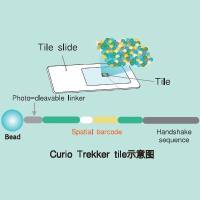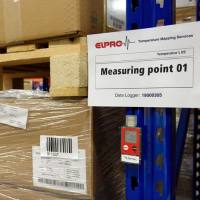The Use of Recombinant Inbred Lines (RILs) for Genetic Mapping
互联网
508
To locate (map) genes a populatton segregating for such genes is required. In many cases, a specrfic population 1s constructed to map a particular trait or locus, e.g., identified as a mutant. However, in other sttuattons the gene(s) to be mapped do not show a specific phenotype and only polymorphtsms at the DNA level can be studied. This is the case when cloned sequences have to be mapped. The mapping of a specific DNA polymorphism is more effictent when one can use populations that have already been scored for many markers. Classical mapping populations are backcross and F2 populations in which mdivldual plants must be analyzed. When the amount of DNA required per marker is high (for example in tradmonal restrictton fragment length polymorphism [RFLP] analysis) the small size of Arubzdopsis plants limits the number of markers that can be tested m these types of populations Thts problem has been partially solved by analyzing the pooled progeny of mdivrdually selfed plants and, on the other hand, by developmg new strategies m marker technology (such as Arabidopsis RFLP mapping set [ARMS] or polymerse chain reaction [PCR]- based markers amplified fragment length polymorphtsm [-AFLPs] and codominant cleaved amplified polymorphic sequence [CAPSs-]; see Chapters 19 , 21 , and 22 ) with a much lower requirement of DNA per marker. Nevertheless, due to heterozygoslty, the mapping population is lost when one runs out of DNA and seeds.









